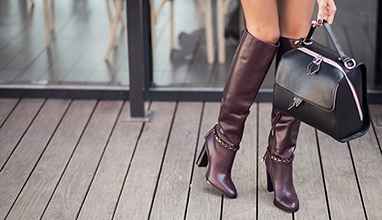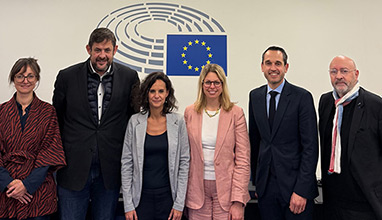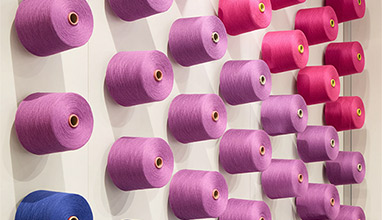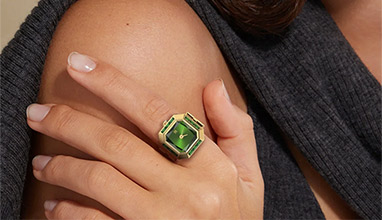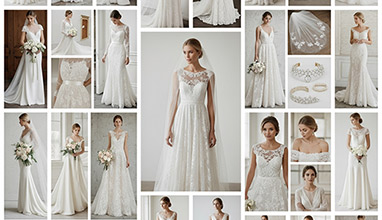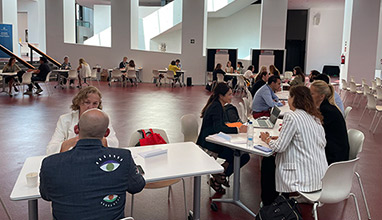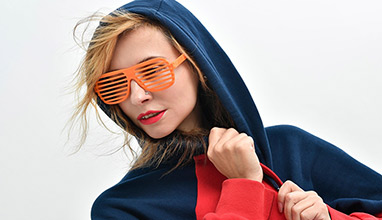New Study Reveals Explores Artificial Intelligence in Fashion
Researchers explore the use of collaborative artificial intelligence models in the realm of fashion design
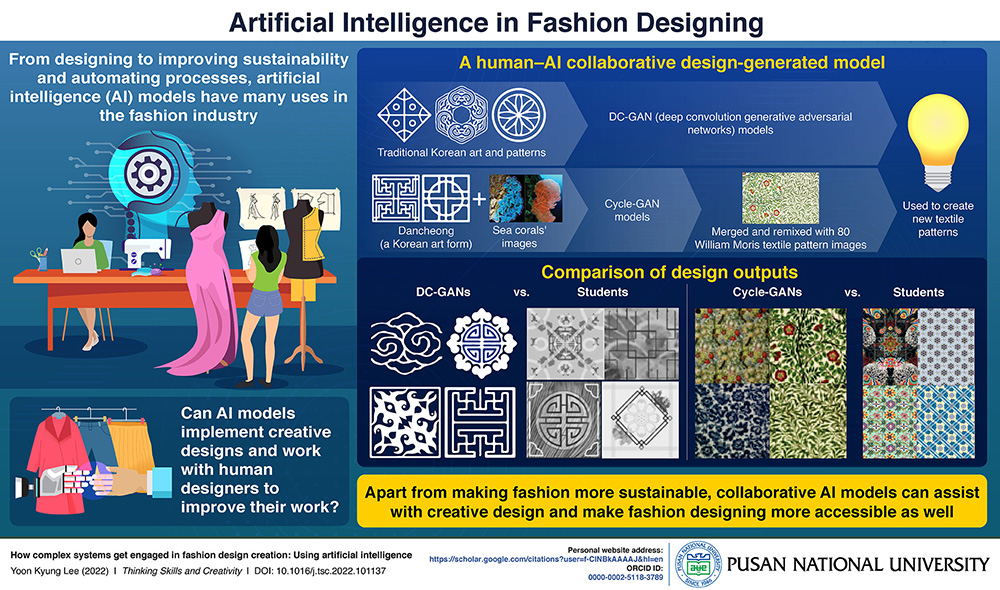
Artificial intelligence (AI) has found a wide range of applications in fashion, from increasing efficiency of processes and reducing waste, to improving the industry’s overall functioning. However, creative processes are not often automated. Now, however, a study from Korea has explored the applicability of AI models in creative designing, suggesting that human-AI collaborative designs can revolutionize the future of design and also serve as an educational tool.
The use of artificial intelligence (AI) in the fashion industry has grown significantly in recent years. AI is being used for tasks such as personalizing fashion recommendations for customers, optimizing supply chain management, automating processes, and improving sustainability to reduce waste. However, creative processes in fashion designing continue to be human driven, mostly, and not a lot of research exists in the realm of using AI for designing in fashion. Moreover, studies are generally done with data scientists, who build the AI platforms and are involved with the technologic aspect of the process. However, the other side of this equation, i.e., designers themselves, are not roped into research often.
To investigate the practical applicability of AI models to implement creative designs and work with human designers, Assistant Professor Prof. Yoon Kyung Lee from Pusan National University in Korea conducted an in-depth study. Her study was made available online in Thinking Skills and Creativity on September 15, 2022, and subsequently published in Volume 46 of the Journal in December 2022.
“At a time when AI is so deeply ingrained into our lives, this study started instead with considering what a human can do better than AI,” says Prof. Lee, explaining her motivation behind the study. “Could there be an effective collaboration between humans and AI for the purpose of creative design?”
Prof. Lee started with generating new textile designs using deep convolution generative adversarial networks (DC-GANs) and cycle-GANs. The outputs from these models were compared to similar designs produced by design students.
The comparison revealed that though designs produced by both were similar, the biggest difference was the uniqueness and originality seen in the human designs, which came from the person’s experiences. However, the use of AI in repetitive tasks can improve the efficiency of designers and frees up their time to focus on more high-difficulty creative work. AI-generated designs can also be used as a learning tool for people who lack expertise in fashion want to explore their creativity. These people can create designs with assistance from AI. Thus, Prof. Lee proposes a human-AI collaborative network that integrates GANs with human creativity to produce designs. The professor also defined and studied the various elements of a complex system that are involved in human-AI collaborated design. She also went on to establish a human-AI model in which the designer collaborates with AI to create a novel design idea. The model is built in such a way that if the designer shares their creative process and ideas with others, the system can interconnect and evolve, thereby improving its designs.
The fashion industry can leverage this to foresee changes in the fashion industry and offer recommendations and co-creation services. Setting objectives, variables, and limits is part of the designer's job in the Human-AI collaborative design environment. Therefore, their work should go beyond only the visual aspect and instead cover a variety of disciplines.
“In the future, everybody will be able to be a creator or designer with the help of AI models. So far, only professional fashion designers have been able to design and showcase clothes. But in the future, it will be possible for anyone to design the clothes they want and showcase their creativity,” concludes Prof. Lee.
We hope her dreams are very close to realization!
Reference
Authors:
Yoon Kyung Lee1
Affiliations: 1Department of Clothing and Textiles in the College of Human Ecology, Pusan National University
Title of original paper:
How complex systems get engaged in fashion design creation: Using artificial intelligence
Journal:
Thinking Skills and Creativity
Hits: 12049 | Leave a comment
Tags:fashion, artificial intelligence, AI





